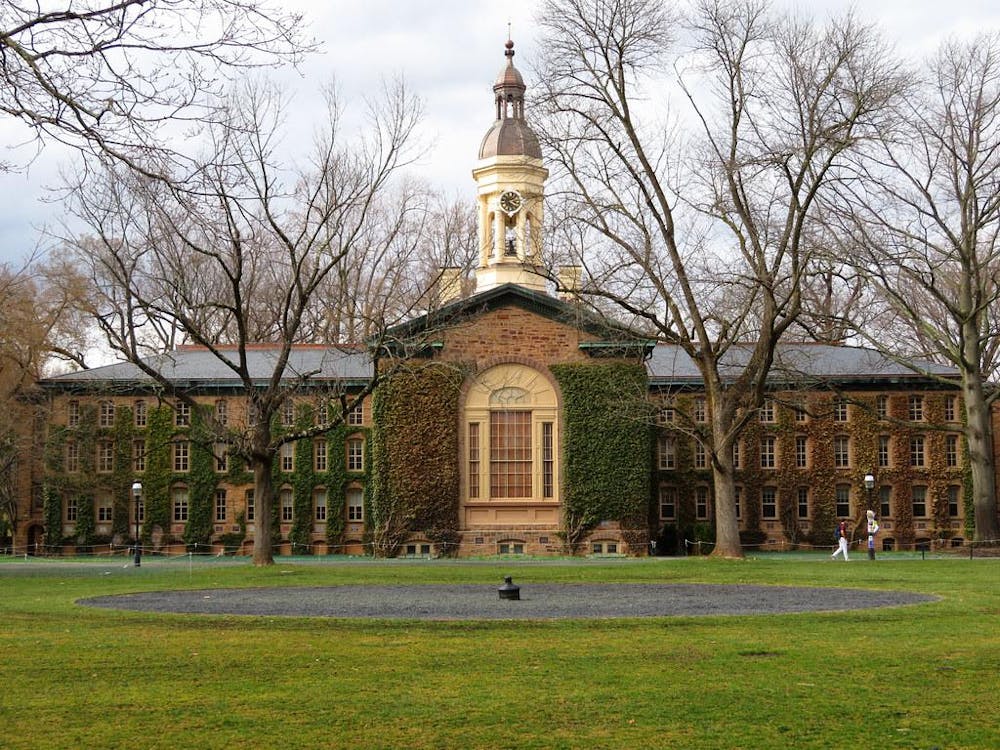Thirty years ago, in another age of economic dislocation and university shrinkage, we already did most of these things. We didn’t do them quite so rapidly, since the fax machine and e-mail didn’t exist. For its part, the University did less to help us than it does nowadays. I don’t want to exaggerate: They did give us an endless supply of free pencil stubs. But scientists had to do a lot of their own grunt work in those days, and humanists paid for the typewriters and typewriter ribbons with which they wrote their books.
Still, the University believed that students at all levels learn best when they work with faculty engaged in long-term research: projects that took a long time to complete and sometimes took longer to show their benefits. And it supported our pursuit of our passions by committing itself to us, for three to six years at least, and giving us the chance to stay for life. We could develop as scholars and as teachers.
Many of our sister institutions operated differently. At Harvard, for example, short-term lecturers and junior faculty did most of the undergraduate teaching. Full professors, normally hired from outside Harvard, took responsibility for research, for teaching the graduate students — and for firing almost all of their junior colleagues.
Since then, happily, the best research universities have come around to Princeton’s traditional point of view. They accept that the best way to develop a superb senior faculty is to hire the best possible junior professors, give them the support they need and promote those who perform best across the board to permanent positions. Once upon a time, Harvard and Yale dismissed young scholars as — in the memorable words of one provost — “the transient faculty.” Now they brag about assistant professors’ good chances of winning tenure. The current financial crisis has slowed hiring — but it hasn’t yet altered these policies.
This is the world that most students and faculty members at Princeton know: the world of wealthy institutions that plan for the intellectual and social long term. Unfortunately, that world is very small, and it seems to be shrinking. In the vast majority of America’s more than 2,400 four-year institutions, and its nearly 2,000 community colleges, life is very different. Costs rise while state appropriations sink. Though nominal tuition goes up, discounts (known as scholarships) cut income. Endowments are often small or nonexistent.
Universities have responded to these pressures in many ways, above all by becoming more efficient. And efficiency, in most places, means crafting a work force that can be managed: not a guild of professors on long-term contracts, but a mass of individuals who cost as little as possible and whose numbers can be cut when revenue falls. At many universities, graduate students provide much of this labor. Princeton graduate students often wish they could teach more than they do. Around the country, doctoral universities require graduate students to teach 80 or more students a term, in addition to carrying a full course load, as the condition for financial support.
Most Princeton graduate students wind up with full-time employment. Many of their counterparts will not be so lucky. The majority of colleges and universities depend more and more on a second stream of manageable workers: adjunct or part-time professors, who teach without offices or benefits, much less job security, sometimes at several schools at the same time. In 1975, more than half of university professors either had tenure or held “tenure-track” jobs — assistant professorships, at the end of which most of them would be promoted to tenure. Thirty percent of them taught less than full time. By 2005, only 32 percent held tenured or tenure-track positions, and almost half (48 percent) were adjuncts. Some of the elite universities that compete with us for the most talented graduate students and faculty use contingent labor to provide much of the teaching that professors do here.
What does this matter, here in the bubble? Ask a senior who is considering academic graduate school or a graduate student who is on the job market. Better yet, ask yourself what it all means for America. One small, privileged set of institutions has managed to improve life for both faculty and students. Outside, tenured scholar-teachers are becoming as rare as true student-athletes — another species that still thrives here — in big-time football and basketball programs. How will elite institutions respond to these changes? I wish I knew.
Anthony Grafton is the Henry Putnam University Professor of History. He can be reached at grafton@princeton.edu.









